Smart Strategies to Get More Sleep
Do more than just count sheep to pay down your sleep debt.
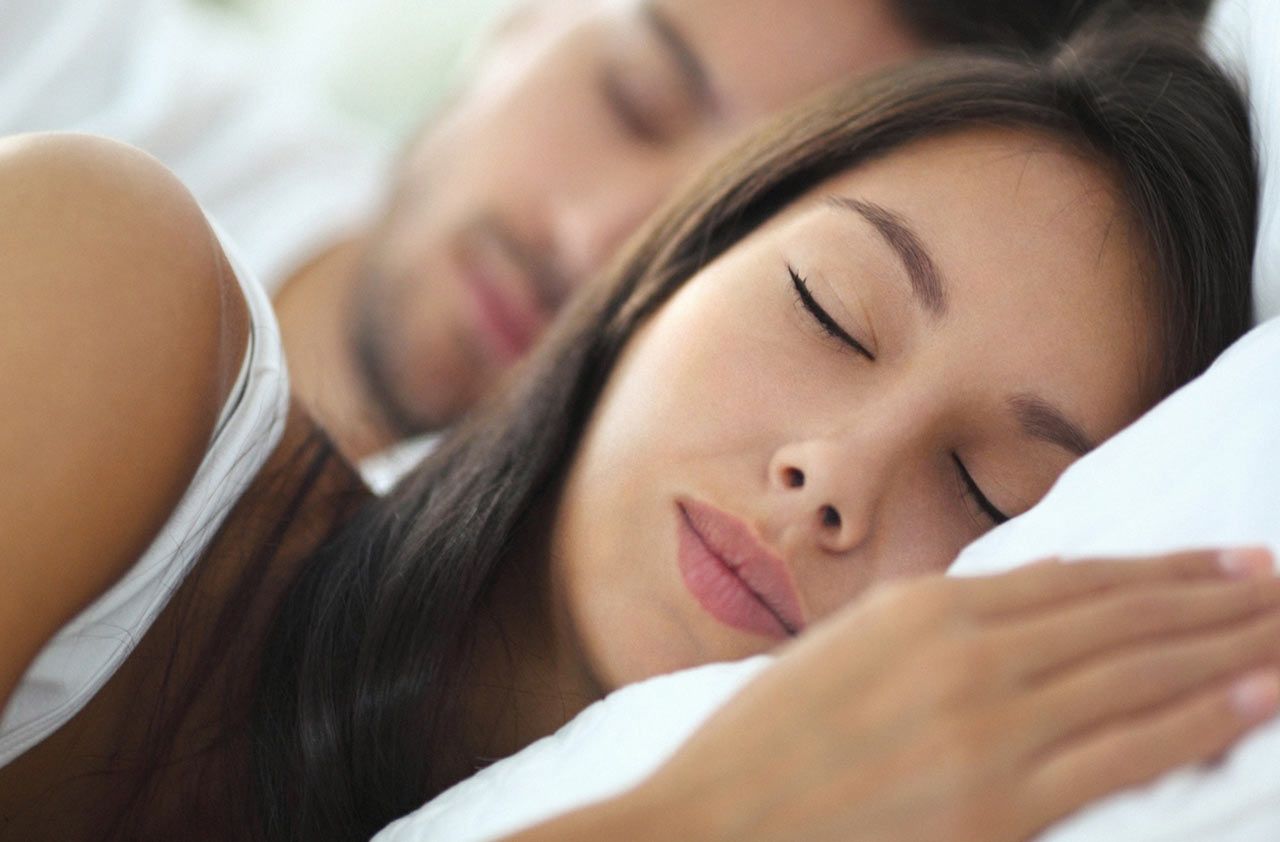

Americans have rung up a massive sleep debt, and the bill is coming due. More than one-third of adults get less than seven hours of sleep on a regular basis, according to the Centers for Disease Control. Lack of sleep affects job performance, relationships and the ability to perform routine tasks.
The Rand Corp. estimates that decreased productivity by sleep-deprived workers costs the U.S. economy $411 billion a year, or 2.3% of our gross domestic product. Inadequate sleep has also been associated with a long list of health problems, from obesity to dementia. Driving after less than five hours of sleep is as risky as driving when you’re drunk, according to the AAA Foundation for Traffic Safety.
Perhaps you’ve heard of “short sleepers”—or know someone who claims to be one. These individuals routinely sleep less than six hours a night and feel just fine. Thomas Edison slept only about three hours a night, which gave him lots of time to invent useful things that keep the rest of us awake. President Trump says he needs just four hours of sleep each night, giving him quiet stretches of time to send out tweets. In reality, though, short sleepers account for only about 1% of the world’s population. Most adults need between seven and nine hours a night, according to the National Sleep Foundation. For adults age 65 and older, the NSF recommends seven to eight hours a night.

Sign up for Kiplinger’s Free E-Newsletters
Profit and prosper with the best of expert advice on investing, taxes, retirement, personal finance and more - straight to your e-mail.
Profit and prosper with the best of expert advice - straight to your e-mail.
Monitoring Your Sleep
Tracking your sleep can help you determine whether you suffer from chronic insomnia or just an occasional restless night.
Try keeping a sleep diary to help you monitor the quality and quantity of your sleep. Write down the time you go to bed, when you wake up in the morning, and whether you woke up during the night and for how long. Keep a record of naps, too.
The NSF defines chronic insomnia as disrupted sleep that occurs at least three nights a week for at least three months. Acute insomnia is typically triggered by circumstances that cause stress, such as a job interview or news of a family member’s health problem. It’s usually brief and often resolves itself without treatment. The causes of chronic insomnia range from bad sleep habits to physical problems, such as restless leg syndrome or sleep apnea. A long list of medications can interfere with sleep, which is why it’s important to discuss sleep problems with your doctor.
Insomnia can take several forms. Some people have trouble falling asleep when they go to bed (known as onset insomnia); others fall asleep for a few hours and then wake up. People who suffer from such early-morning awakening insomnia typically wake up around 3 or 4 a.m. This sleep disorder is more common among older adults.
If you find yourself staring at the clock at 4 a.m.—or any time of the night—the first thing you should do is get rid of your clock, says Jennifer Martin, a clinical psychologist and behavioral sleep medicine specialist in Pasadena, Calif. Once you know what time it is, she says, you start to worry about how soon you have to get up, and that makes it harder to fall back to sleep. To avoid anxiety-inducing calculations, put your alarm clock (or smartphone) where you can’t see it. When you wake up in the wee hours, instead of obsessing about the time, lie quietly and see if you can get back to sleep.
If you don’t fall asleep in about 20 minutes, get up, says Dr. Erik St. Louis, codirector of the Mayo Center for Sleep Medicine. Otherwise, lying awake could become a habit. “The more you lie awake in bed, the better you get at it,” says St. Louis. Go to a quiet, dimly lit room and do something boring, such as sorting mail or reading an unexciting book. Don’t do housework, check e-mail or catch up on work. (The “blue light” emitted by personal tech devices has a special role in sleep disruption; see below.) Otherwise, you risk signaling to your brain that the middle of the night is a good time to get things done, St. Louis says. Go back to bed when you’re sleepy.
Strategies to Sleep Better
Until the 18th century, our ancestors, who didn’t enjoy the benefits (and drawbacks) of artificial light, went to bed a couple of hours after dusk, then woke for a couple of hours, when they prayed, read or got to know their partner better. After that, they embarked on a “second sleep” that lasted until sunrise. Some sleep scientists believe we’re biologically predisposed to sleep in such segments. But unless you live off the grid and have a lot of free time, that’s probably not going to work for you. Here are some strategies to get seven to nine hours of uninterrupted sleep.
Keep regular hours. Try to go to bed at the same time every night, and get up at the same time every morning. As much as you might look forward to sleeping in on a Sunday morning, rising late can disrupt your circadian rhythm, the internal body clock that regulates when you feel alert and when you feel sleepy. If you sleep late, you may have a harder time getting to sleep that night. Although you can’t always control when you go to bed, getting up at the same time every morning, even if you’re tired, will help you sleep better at night, says Natalie Dautovich, an assistant professor of psychology at Virginia Commonwealth University and environmental scholar for the National Sleep Foundation.
Stow your tech. Put away your smartphone and other electronic devices at least an hour before bedtime. As tempting as it is to check e-mail or Facebook before you go to bed, the light emitted from these devices, known as blue light, can block the production of melatonin, a hormone your brain produces to help you fall asleep. Smartphones, tablets, e-readers and laptops are among the major offenders. Watching TV close to bedtime can also interfere with your sleep.
Many smartphones and other electronic devices offer night settings that reduce or filter blue light. But if checking social media close to bedtime gets you all riled up, you may still have trouble sleeping, Martin says.
Some experts recommend stashing your smartphone outside of your bedroom so you won’t be tempted to peek at e-mails and texts before bedtime. That may not be realistic if you worry about missing emergency calls, or if you use your phone as an alarm clock. Martin suggests an alternative: Keep your phone in the bedroom, but make sure it’s out of reach when you’re in bed.
Don’t eat a late dinner. Eating a big meal close to bedtime can disrupt sleep. Try to eat three to four hours before bedtime. If you’re hungry, have a small snack after dinner. Stick to foods that are easy on your stomach, such as cheese and crackers. Because caffeine is a stimulant, avoid coffee, chocolate, black tea and soft drinks within four to six hours of bedtime. If you have problems with insomnia, don’t drink coffee after noon.
Although a nightcap might help you fall asleep, there’s a good chance you’ll wake up a few hours later. That’s because once alcohol is metabolized, it interferes with normal sleep cycles. To avoid late-night awakenings, have your last drink at least three hours before bedtime.
Exercise early in the day. Regular exercise can help you sleep, but avoid working out within four to five hours of your regular bedtime, St. Louis says. Exercise tends to increase your body temperature, which interferes with sleep. If the only time you have to work out is late in the day, consider light stretching exercises, such as yoga, followed by a bath or shower.
Be judicious about naps. Naps are trendy. Some companies offer nap rooms for their employees. Big-city spas allow customers to snooze in comfortable chairs ($20 for 20 minutes, for example, at YeloSpa in New York City). Last year, JetBlue installed free nap pods in its terminal at JFK.
But nap too long or too late in the afternoon and you’ll have trouble getting to sleep at night. A late-day nap “is like having a peanut butter and jelly sandwich and then going out for a steak dinner and wondering why you’re not hungry,” Martin says.
An early-afternoon nap is usually okay. It allows you to take advantage of a natural decline in alertness after lunch and provides enough time before bedtime to build up your sleep drive, Dautovich says. The traditional Spanish siesta, for example, was designed to give early-rising farmers time to rest during the hottest part of the day. To avoid disrupting nighttime sleep, don’t nap longer than 20 to 30 minutes. By keeping it brief, you won’t have time to sink into the deep stages of sleep, which in turn means you won’t be groggy when your pod time is up.
When to Get Help
If these life changes don’t help with your insomnia, and you’ve ruled out a medical problem, you may want to explore cognitive behavioral therapy for insomnia, or CBT-I. Such therapy is designed to help you identify behaviors that interfere with your ability to sleep. A CBT-I specialist will help you get rid of negative thoughts that keep you awake, and you may also receive training in meditation and muscle relaxation.
The goal of CBT-I “is not just to get the person sleeping better at that moment, but to help him cope with a bad night of sleep when it happens again,” Martin says. Most people can learn the techniques in four to eight sessions, she says. You can find a directory of CBT-I specialists in your area at the American Academy of Sleep Medicine’s website, www.sleepeducation.org. Sessions with a clinical psychologist or psychiatrist are usually covered by health insurance. Ask the provider whether he or she accepts your insurance plan.
Prescription sleeping pills, such as Ambien and Lunesta, may help you get through a short-term bout of insomnia and are safer than older types of sleeping pills, St. Louis says. However, they don’t address the underlying cause of chronic insomnia, and they have side effects, such as next-day drowsiness. The American College of Physicians recommends CBT-I as the first course of treatment for patients with chronic insomnia. Doctors may consider prescribing medication if the therapy is unsuccessful, but only after a thorough discussion of the potential side effects and costs, the group says.
Melatonin supplements, which are available without a prescription, are generally safe to use, but there isn’t any solid research to show that they work. Some studies have suggested that valerian, another over-the-counter dietary supplement, can help users fall asleep, but there’s no scientific consensus on how much valerian you should take, or how long you should take it, to get the best results. And as is the case with prescription medications, dietary supplements won’t solve the underlying problems that are keeping you up at night.
See How Much Sleep You Need
A sleep vacation can help you determine how much sleep you should be getting every night. For a week, go to bed around the same time but wake up naturally, without an alarm clock. (Unless you're retired or have a very understanding boss, this experiment works best when you're on an actual vacation.) If you haven't been getting enough sleep, you may sleep later for the first few days while you work off your sleep debt. Eventually, though, you'll start waking up at the same time every day, which will help you determine how much time you should regularly allot for sleep.
Get Kiplinger Today newsletter — free
Profit and prosper with the best of Kiplinger's advice on investing, taxes, retirement, personal finance and much more. Delivered daily. Enter your email in the box and click Sign Me Up.

Block joined Kiplinger in June 2012 from USA Today, where she was a reporter and personal finance columnist for more than 15 years. Prior to that, she worked for the Akron Beacon-Journal and Dow Jones Newswires. In 1993, she was a Knight-Bagehot fellow in economics and business journalism at the Columbia University Graduate School of Journalism. She has a BA in communications from Bethany College in Bethany, W.Va.
-
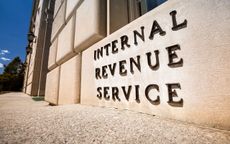 House GOP Bill Aims to Abolish the IRS and Rewrite the Tax Code
House GOP Bill Aims to Abolish the IRS and Rewrite the Tax CodeTax Policy The stability of the IRS faces yet another challenge as the U.S. presidency changes hands.
By Gabriella Cruz-Martínez Published
-
 More Taxes Could Slam New Yorkers Over MTA Budget Shortfall
More Taxes Could Slam New Yorkers Over MTA Budget ShortfallState Taxes Lawmakers warn that New Yorkers may need to brace for more taxes.
By Gabriella Cruz-Martínez Published
-
 What Does Medicare Not Cover? Seven Things You Should Know
What Does Medicare Not Cover? Seven Things You Should KnowHealthy Living on a Budget Medicare Part A and Part B leave gaps in your healthcare coverage. But Medicare Advantage has problems, too.
By Donna LeValley Last updated
-
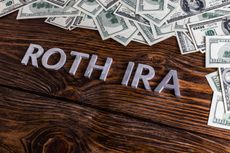 Roth IRA Contribution Limits for 2024 and 2025
Roth IRA Contribution Limits for 2024 and 2025Roth IRAs Roth IRA contribution limits have gone up. Here's what you need to know.
By Jackie Stewart Last updated
-
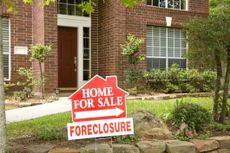 How to Find Foreclosed Homes: Best Foreclosure Listings Sites
How to Find Foreclosed Homes: Best Foreclosure Listings SitesMaking Your Money Last Find foreclosed homes for sale on these foreclosure listing websites. Search for properties on these free, paid or government sites.
By Bob Niedt Last updated
-
 Four Tips for Renting Out Your Home on Airbnb
Four Tips for Renting Out Your Home on Airbnbreal estate Here's what you should know before listing your home on Airbnb.
By Miriam Cross Published
-
 Five Ways to a Cheap Last-Minute Vacation
Five Ways to a Cheap Last-Minute VacationTravel It is possible to pull off a cheap last-minute vacation. Here are some tips to make it happen.
By Vaishali Varu Last updated
-
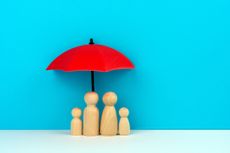 How to Figure Out How Much Life Insurance You Need
How to Figure Out How Much Life Insurance You Needinsurance Instead of relying on rules of thumb, you’re better off taking a systematic approach to figuring your life insurance needs.
By Kimberly Lankford Last updated
-
 Amazon Big Deal Days Is Coming! We’ve Got All the Details
Amazon Big Deal Days Is Coming! We’ve Got All the DetailsAmazon Prime To kick off the holiday season with a bang, Amazon Big Deal Days runs Tuesday, October 8 and Wednesday, October 9.
By Bob Niedt Last updated
-
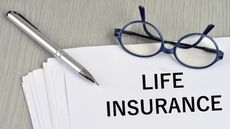 How to Shop for Life Insurance in 3 Easy Steps
How to Shop for Life Insurance in 3 Easy Stepsinsurance Shopping for life insurance? You may be able to estimate how much you need online, but that's just the start of your search.
By Kaitlin Pitsker Last updated